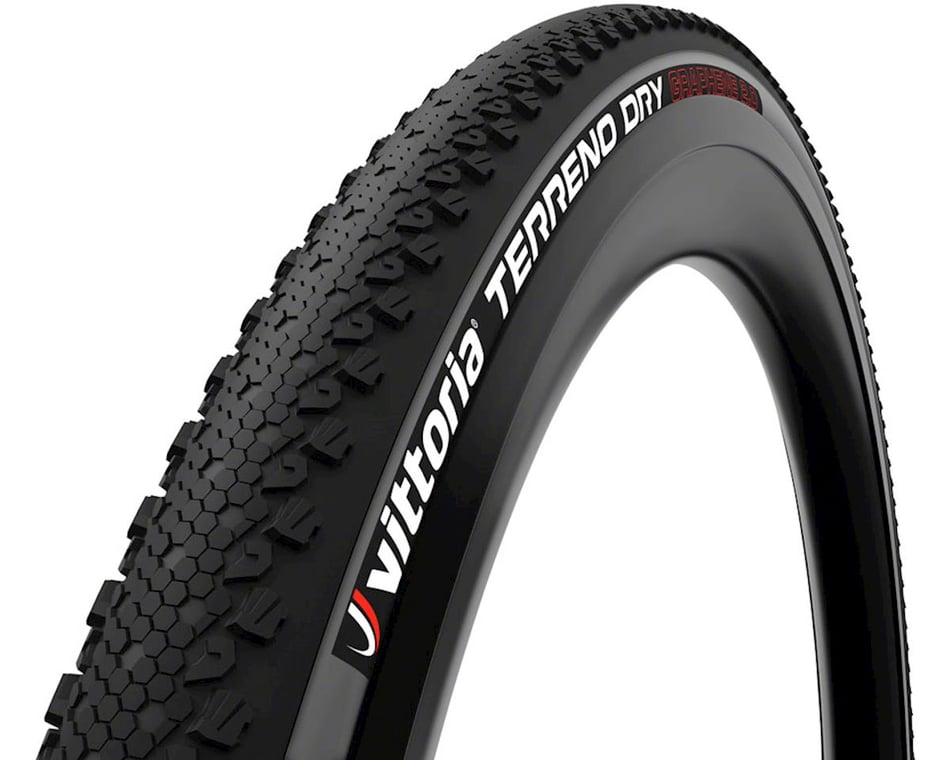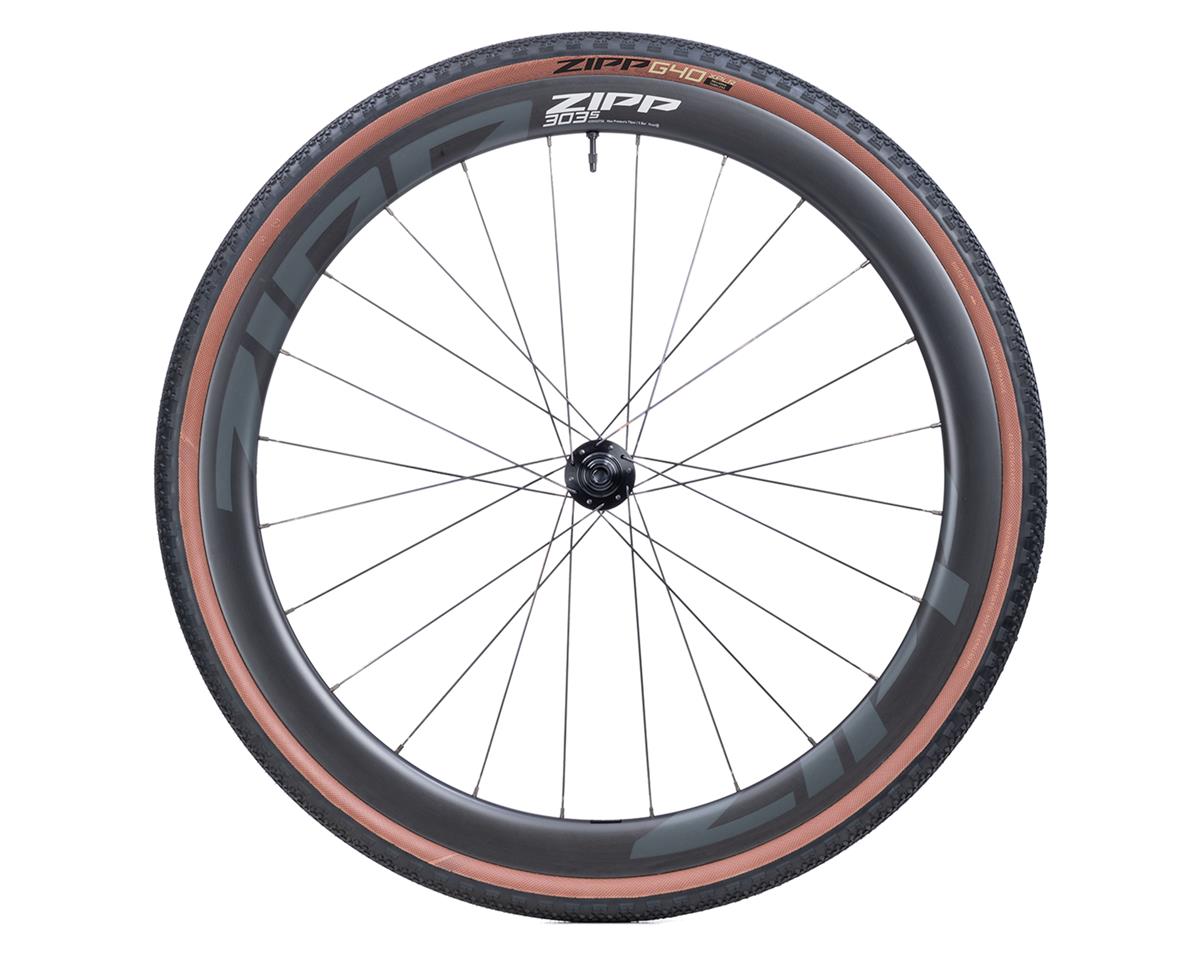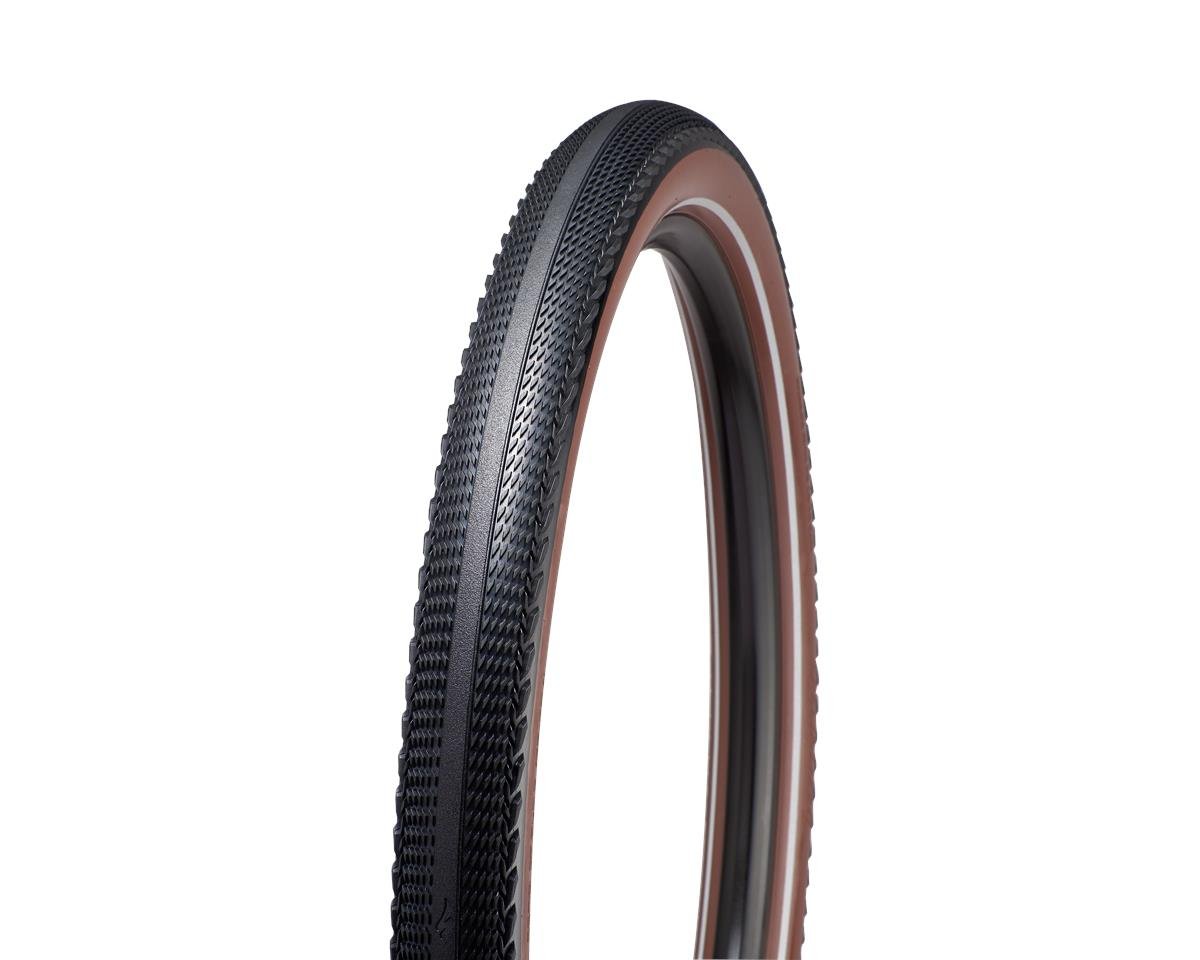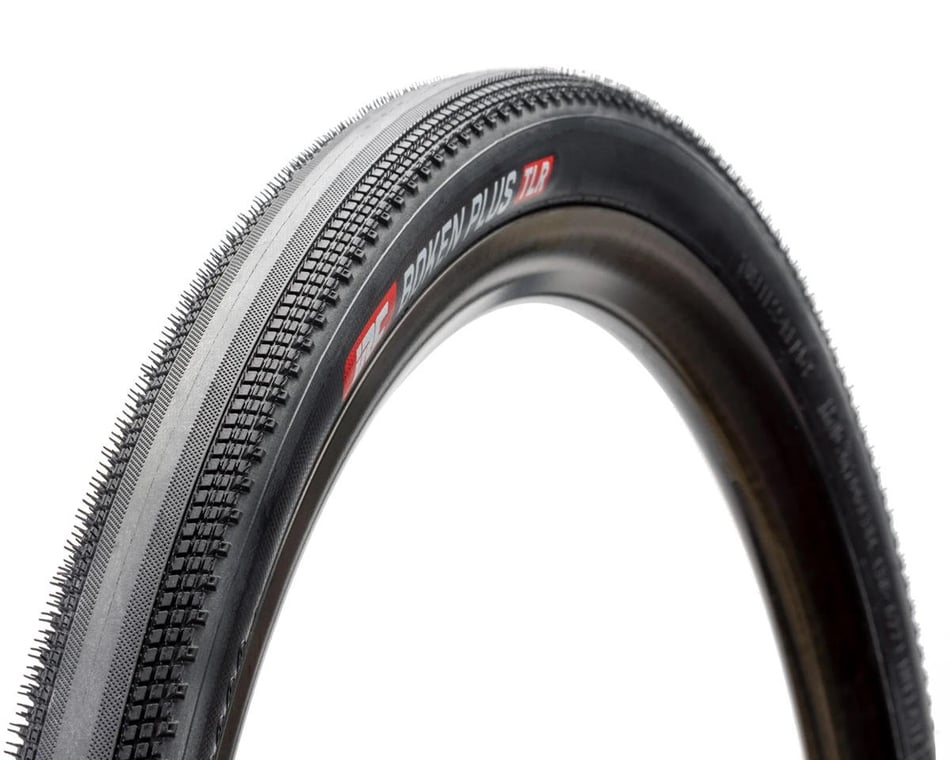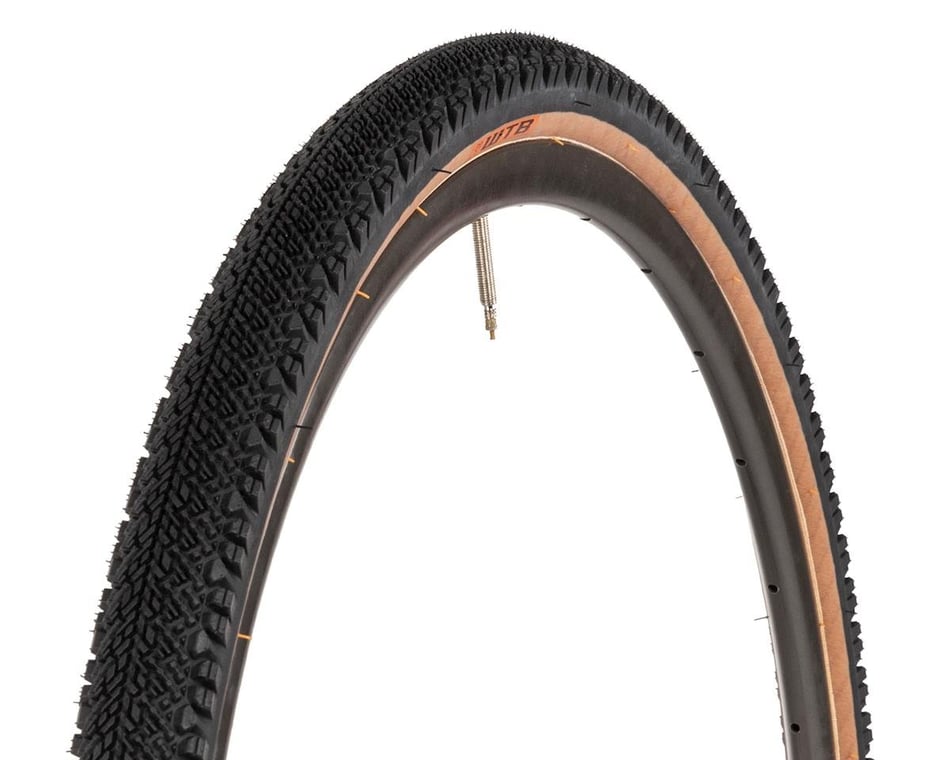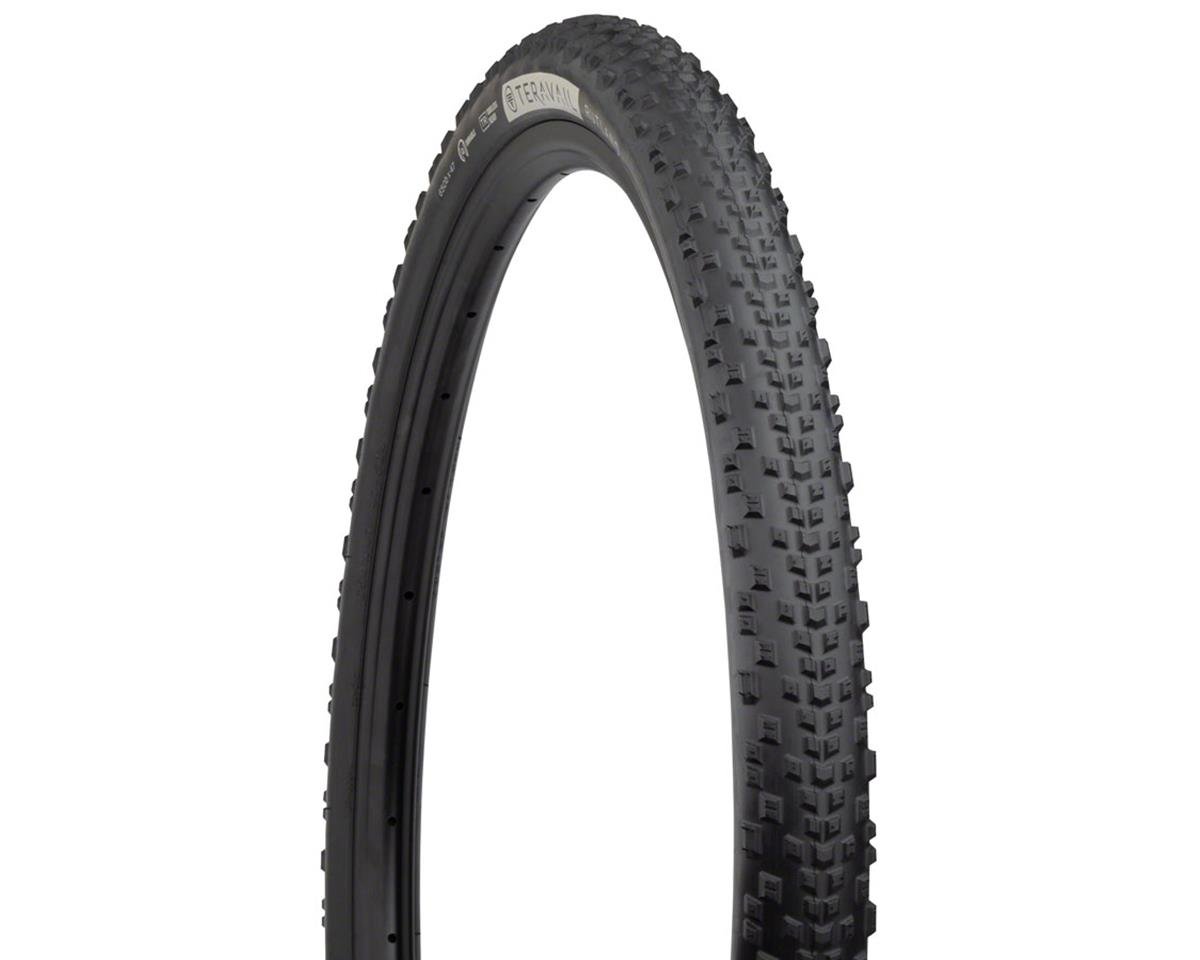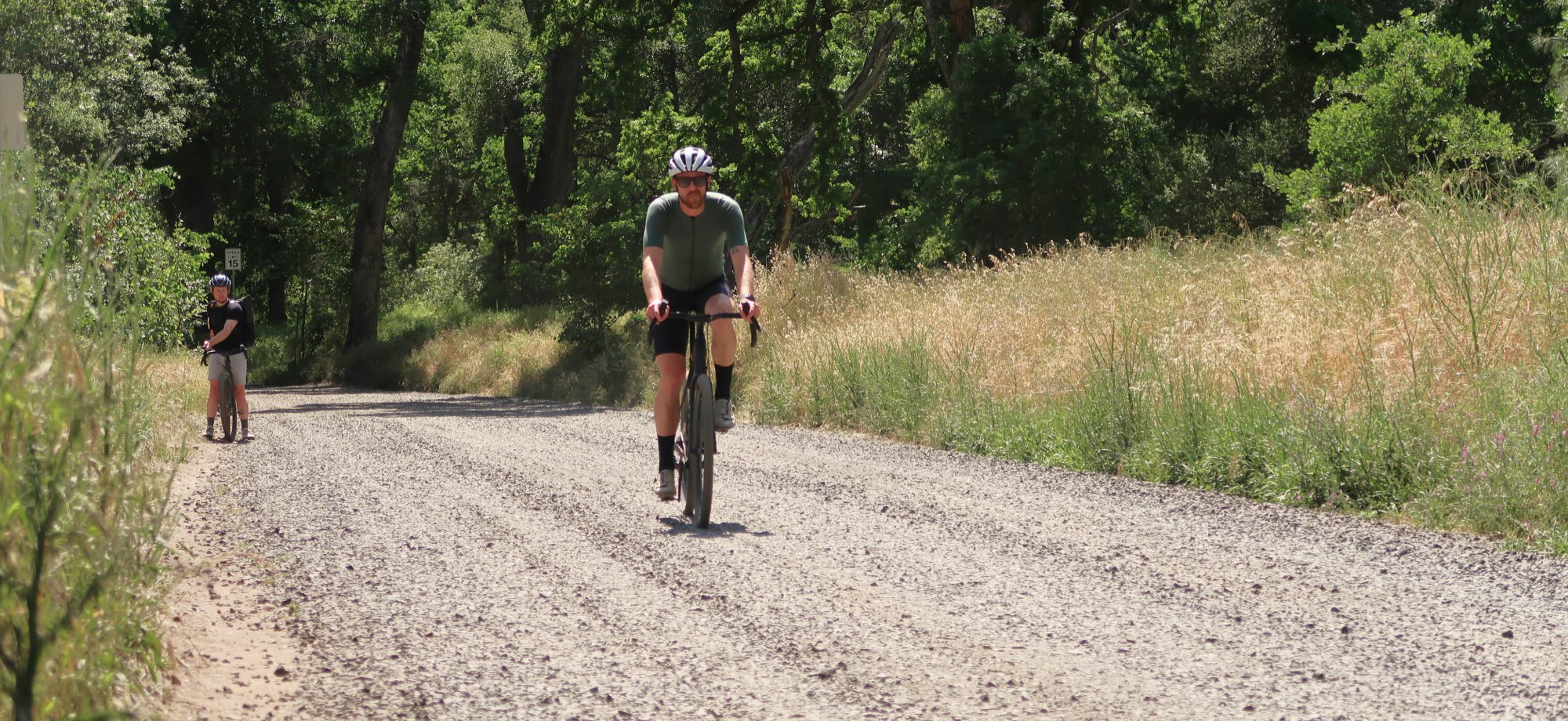Gravel Tire 101
Keep rolling when the pavement ends.
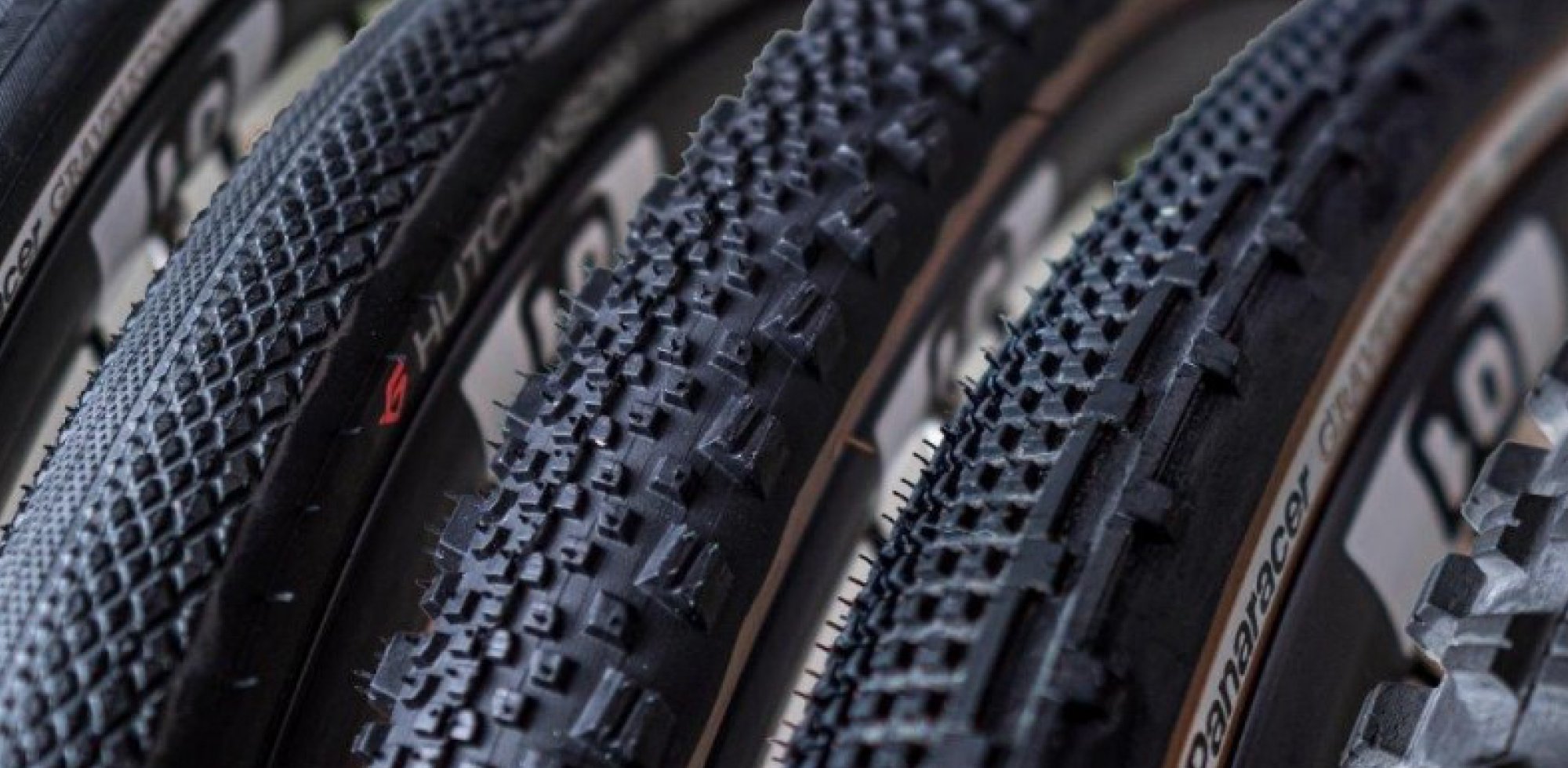
Finding the right tires for the terrain is the most impactful and cost-effective upgrade you can make to your gravel bike; however, the choices can be overwhelming. Driven by the advent of tubeless systems and innovations in frame and rim specs, modern gravel tires are available in multiple wheel sizes, widths, treads, and casings. Which model is right for you? Read on to find out!
| Common Bike Tire Sizes | |||
|---|---|---|---|
| ISO Measurement | Corresponding Rim/Tire Size(s) | ||
| 630 | 27" | ||
| 622 | 700c, 29", 28" | ||
| 584 | 650b. 27 5" | ||
| 559 | 26" (Decimal Size) | ||
Tire Size
Tire size is determined by the diameter of your wheels. Most gravel bikes use either 700c or 650b wheels, though some older bikes may use 26” or 27” wheels. When gravel first hit the scene, most riders were on converted cyclocross or mountain hardtails spec’d with 700c wheels, or Randonnée bikes with 650b wheels. Back then, gravel riders selected their tires from relatively limited cyclocross options designed for the wet grass and mud of wintertime city parks.
Today, gravel is a discipline all its own, tire manufacturers have caught up with the craze, and you can find gravel-specific tires available for nearly any wheel size. If you aren't sure which size you need, check the sidewalls of your current tires and/or wheels. If you’re still unsure, check out our article on choose the right size bike tire.
Unlike other tires options covered below, tire sizes are not interchangeable. Make sure to determine your correct size before you buy!
Width
One of the strengths of a gravel bike comes from the ability to excel both on and off pavement. This is due, in part, to recent innovations in tire and frame designs. No longer are you forced to choose between narrow cyclocross tires or heavy, rigid mountain knobbies for off-road adventures. And, with many gravel bikes now built to accommodate tires up to 2.0" wide, you can push the limits of drop-bar riding.
There are many benefits to wide tires; more volume means you can run your tires at a lower pressure, which creates a larger contact patch for enhanced traction, a more comfortable ride, and faster travel over rough surfaces! However, wide tires come with some tradeoffs; wider tires are typically heavier, and a knobby wide tire can create significant rolling resistance on paved surfaces. If you decide to go wide, check your frame's specifications for its maximum tire clearance.
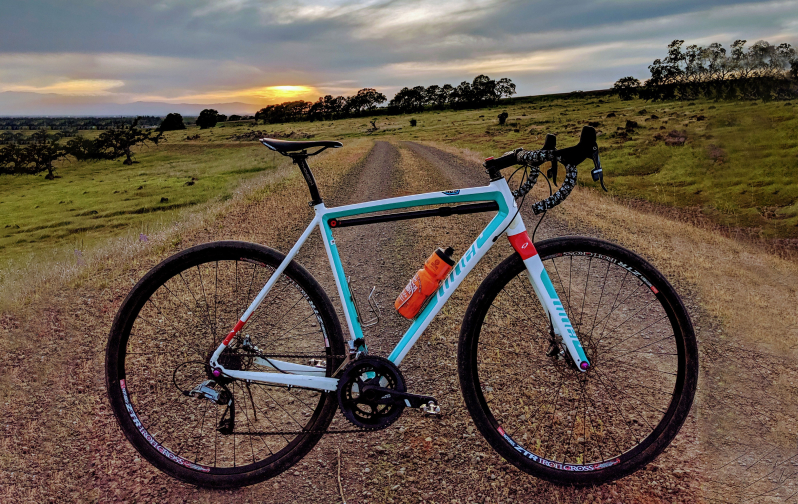
Treads and Casings
If you have ever had your rear wheel spin out during a punchy climb, your front wheel slide out on a loamy descent, or your knobs clog with mud on a wet day, you know why traction matters. Traction is influenced by tire width, pressure, treads, and casing. Once you know how wide you want to go, you can choose a tread pattern and casing!
Just like with width, the types of surfaces you ride will affect your tread and casing choice. Smooth, slick tires are ideal for stable surfaces like pavement, chip-seal, and hard-packed forest roads. Many riders prefer them for gravel, too! If the surface is wet or rough, you may prefer tires with knobby or file tread patterns. Be sure to check the tread profile; closely spaced knobs will perform better in dry conditions, while spaced-out knobs will shed mud and dig into soft terrain.
Tire manufacturers sometimes offer gravel tires in a variety of casing compounds. For example, WTB labels their gravel tires as "fast rolling," "tough," or "high grip" to help customers choose what's best for their local conditions. Other manufactures, however, can be more difficult to figure out. You can also determine casing characteristics by checking your tire's threads per inch (TPI). TPI affects the durability, suppleness, and weight of the tires you select; higher thread counts are lighter and more supple, and lower thread counts are heavier and more durable. We recommend a supple casing to smooth out the imperfections of the riding surface, or a durable casing if you're navigating sharp hazards and rocky territory.
Tubeless Tires
Just like on mountain bikes, tubeless tires have become standard for gravel. For flat prevention and ride quality, tubeless is an obvious choice. For best results with tubeless, make sure to use a tubeless-ready tire and tubeless-ready wheels . For more details on tubeless, check out our tubeless road series. Going tubeless on a gravel bike follows the same principles, except that the benefits are even bigger, and the installation is usually easier.
Best Tires For All Day Gravel
These tires are optimized for pure gravel. Enough traction for cornering in loose conditions, but smooth enough in the center to roll quickly on the straights.
Best Tires for Mixed Terrain Rides
A great option for rides with pavement and gravel is a tire with a slick middle strip and some light tread on the sides. The Specialized Pathfinder and IRC Boken Plus are both popular tires in this category.
Best Tires for Adventure riding
For full blown adventure rides, you can afford to give up some speed in favor of a wider and more durable tire. If your frame has clearance for it, consider trying out a light mountain bike tire. 700c is the same diameter as 29” and 50mm is about 2.0” width.
Related Articles
Why Use Tubeless Road Bike Tires?
Tubes have been used on bikes for years – is tubeless just marketing hype or is it truly the future of road bike tires.
Learn More

